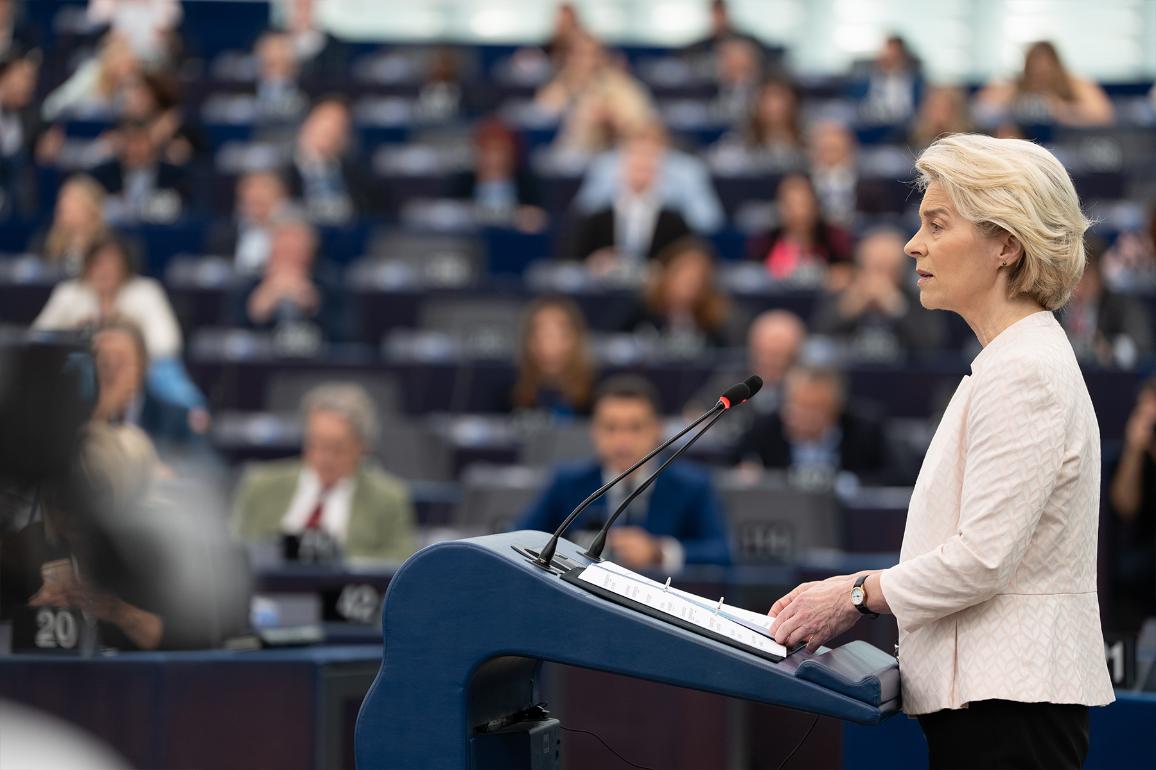

The re-elected President of the European Commission Ursula von der Leyen, in her November 2024 speech to the European Parliament addressed the dream of Europe extending to the Western Balkans, Ukraine, Moldova and Georgia. Back in July 2024, while reflecting on the Western Balkans, she was even more positive and stated that the EU can only be stronger if it is larger. In addition to the generally encouraging words, she also said something that clearly implies a ‘business as usual’ attitude when it comes to the enlargement policy: “integrating them where we can into our legal frameworks”.
Essentially, this means that the main instrument remains the Growth Plan, which is merely an improved Berlin Process and does not guarantee that the countries will integrate into any area of the European Single Market anytime soon. The basis for obtaining funds are reform agendas that are reported on completely separately. This may signal that this is a separate process, but it certainly means that it is the only safe one currently offered to the Western Balkans with concrete benefits. Although officials emphatically present the plan as offering huge funds to the Western Balkans over a three-year period, these actually come with long strings attached. Namely, out of a total of €6 billion, 2 billion are in non-refundable grants and 4 in loans on favorable terms.
Undoubtedly an important novelty that represents the basis for intensifying reforms, and based on the envisaged such possibility from the revised enlargement methodology, are sanctions and incentives. Precisely, the payment of money will be conditioned on the fulfillment of certain requirements (albeit on a very low scale when it comes to their complexity). However, from the aspect of the binding behavior of potential future EU members, it is extremely problematic that formally in these conditions there is no alignment with the EU's Common Foreign and Security Policy. It is therefore paradoxical that the most money (€1.6 billion) is allocated to Serbia, which is the only country that has a ca. 50% alignment with CFSP, and therefore the least willing to implement common standards and values.
It is also praiseworthy that since last year, 4 Western Balkan countries have been included in the Rule of Law (RoL) instrument. Within its framework, reports have so far been prepared only for the EU member states, but there is room for improving the assessments so that they truly serve their purpose, especially in the part containing binding recommendations.
On paper and in legal terms, there are no significant changes in the approach towards the Western Balkans. In practice, and after the recent progress regarding the opening and closing of chapters and clusters by two countries (Albania and Montenegro), there seems to be an encouraging rhetoric from EU officials. However, those from the Commission, are at the forefront of positivism as opposed to member states, claiming that with this pace of reforms, “at least one or two” countries could join the European Union in the next five years. A recent visit to Montenegro by the Commissioner for Enlargement Marta Kos was also full of encouraging and promising words.
Considering all of the above and the current state of play in the European integration process of 6 countries (wherein Montenegro has opened all chapters, with 6 provisionally closed, Serbia has opened 22, with 2 provisionally closed, Albania 7 (2 clusters), North Macedonia and Bosnia and Herzegovina without open chapters, and Kosovo without candidate status), the following scenarios are possible (with greater or lesser probability) by the end of this European Commission's mandate: